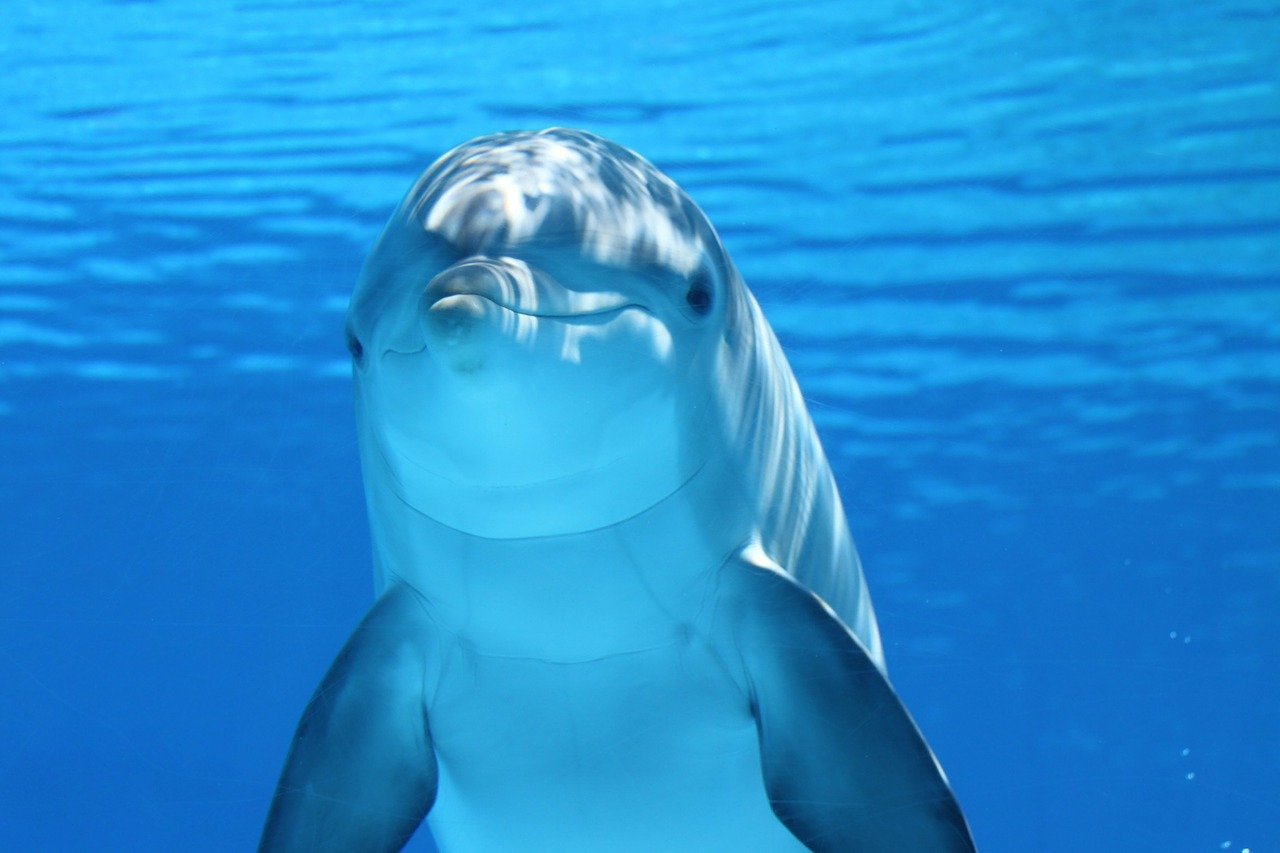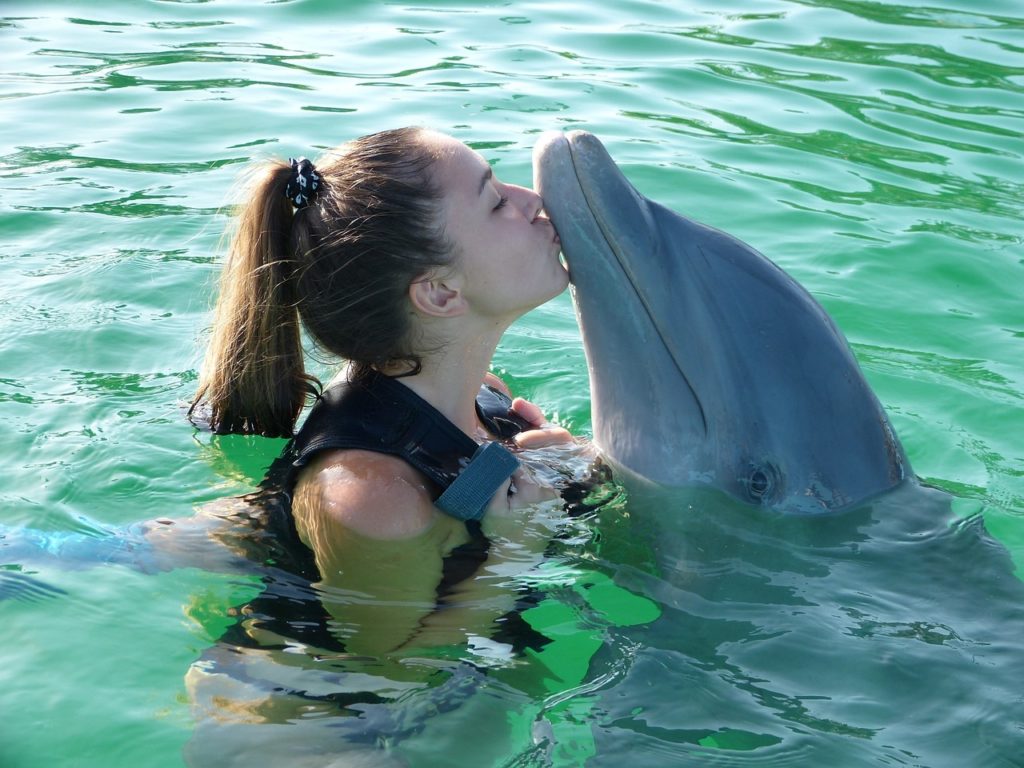In the 1960s NASA-funded scientists tried to teach dolphins to speak English

The project aimed to teach dolphins to speak and involved flooding a house and living with the dolphins. One researcher even developed an intimate relationship with one of them.
Can dolphins speak English?
The dolphins were claimed to have learnt words such as “ball” and “diamond” but struggled with the letter “m”.
In the 1960s, NASA and the US Navy funded an ambitious science program to learn to communicate with dolphins and teach them English. With the space race in full flow, NASA was interested in how we might communicate with an alien race and realised that they could begin with trying to communicate with intelligent species that already live on Earth.
The ‘Dolphinarium’ was built on the island of St Thomas; a flooded house which would serve as a science lab in which the dolphins would live. The dolphins used for the experiment were the ones that played Flipper in the Hollywood film; Sissy, Pamela and the young Peter would live alongside human scientists who would try to teach them to speak English. The theory was that, much like a baby human, if the dolphin was in constant contact with humans then it would pick up the language.

Leading the project was neuroscientist Dr John C. Lilly. In 1961 Lilly wrote Man and Dolphin; a book theorising possible future communication with dolphins and even that they might one day have a seat at the United Nations, representing marine animals.
But it was his assistant, Margaret Howe Lovatt, who took the project one step further. She was not a scientist but was enthusiastic and a ‘good observer’. It was her idea to flood the lab entirely and live permanently with the youngest dolphin Peter, who showed the most promising signs.
Dolphin sex and LSD
The research had some hiccups though. Lovatt tried to teach the dolphin to say ‘Hello Margaret’ but the letter ‘m’ is very difficult for a dolphin to recreate without blowing bubbles. Also, the adolescent Peter became sexually attracted to the young female researcher. In the interests of furthering the project she decided that it would help if she relieved him. When details emerged in Hustler magazine which ran an article about interspecies sex, the project got some bad press.
Dr Lilly was also experimenting with LSD and became a ‘full blown hippie’. He started exploring the effects of LSD on dolphins with no clear results. Eventually the project lost funding and they had to move to a smaller building with no windows and Peter ‘committed suicide’. (Dolphins don’t breathe automatically like humans and each breath is a conscious effort. If they are too depressed they will simply sink to the bottom and never come back up.)
Sources:
https://www.theguardian.com/environment/2014/jun/08/the-dolphin-who-loved-me
http://www.telegraph.co.uk/culture/film/10860676/The-woman-who-lived-in-sin-with-a-dolphin.html






